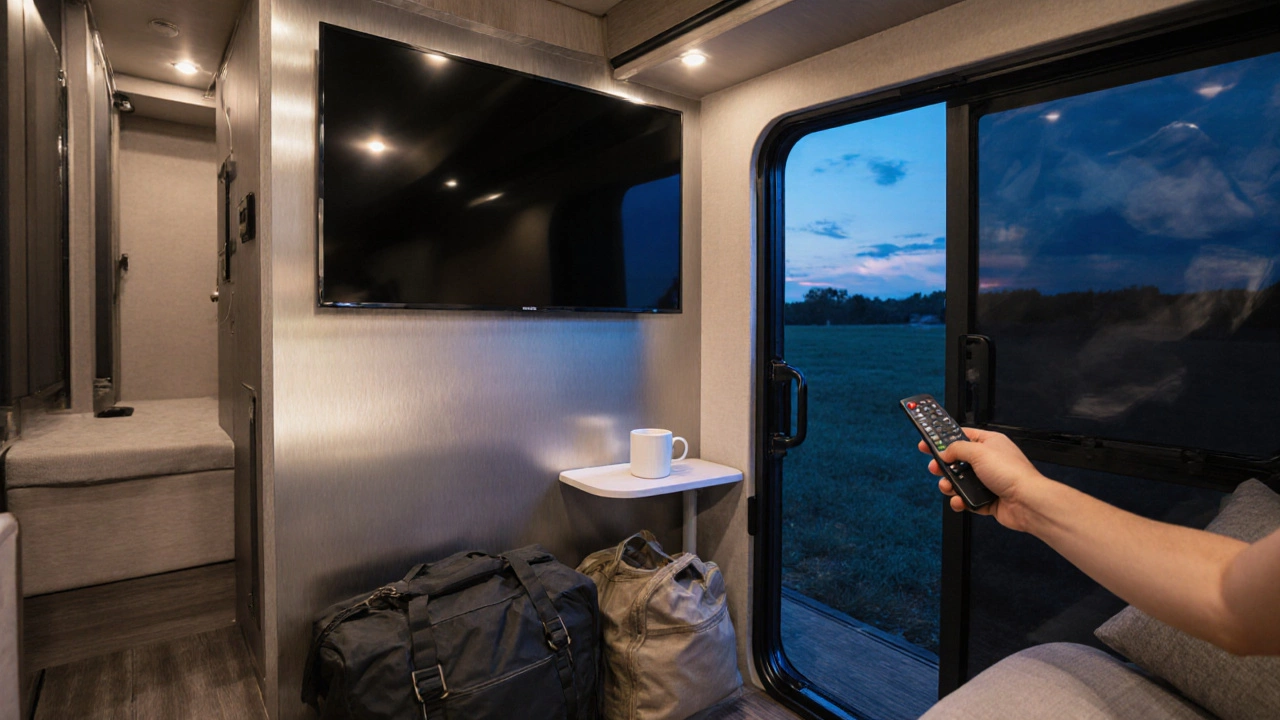Normal TV in RV: Your Guide to Installing and Powering a Standard Television on the Road
When working with Normal TV in RV, a standard household television installed inside a motorhome for on‑the‑road entertainment. Also known as standard RV TV, it brings the comfort of home viewing to any campsite.
To make a 12‑volt TV, a low‑voltage screen designed for direct battery connection work, you need a reliable RV inverter, a device that converts 12 V DC from the motorhome battery to 120 V AC for household appliances. The inverter is the bridge that lets a normal TV run off the battery without draining it too fast. Choosing an inverter with enough wattage (typically 300‑500 W for a 32‑inch LED) ensures the TV gets clean power and avoids flicker. Pair this with a healthy battery—deep‑cycle AGM or lithium options provide the capacity to run the TV for several hours while you’re parked.
Installation isn’t just about power; where you mount the TV matters for safety and viewing comfort. A sturdy wall‑mount bracket—rated for the TV’s weight—keeps the screen stable on bumpy roads. Run the power cable through a dedicated conduit to protect it from wear, and keep ventilation space around the unit to prevent overheating. Many motorhome owners add a simple switch that isolates the TV circuit, so you can turn it off completely when you’re driving, preserving battery life. By balancing power supply, proper wiring, and secure mounting, you’ll get a reliable entertainment hub wherever you park.
Below you’ll find a curated selection of articles that walk you through each step—from choosing the right inverter and battery size, to wiring tips, mounting tricks, and troubleshooting common issues. Dive in to get the full picture and make your RV TV set‑up hassle‑free.
Can a Regular TV Run in Your Motorhome? Practical Answers & Tips
Learn if a regular flat‑screen TV can run in a motorhome, covering power needs, wiring steps, common issues and when to choose a 12‑V RV TV.
